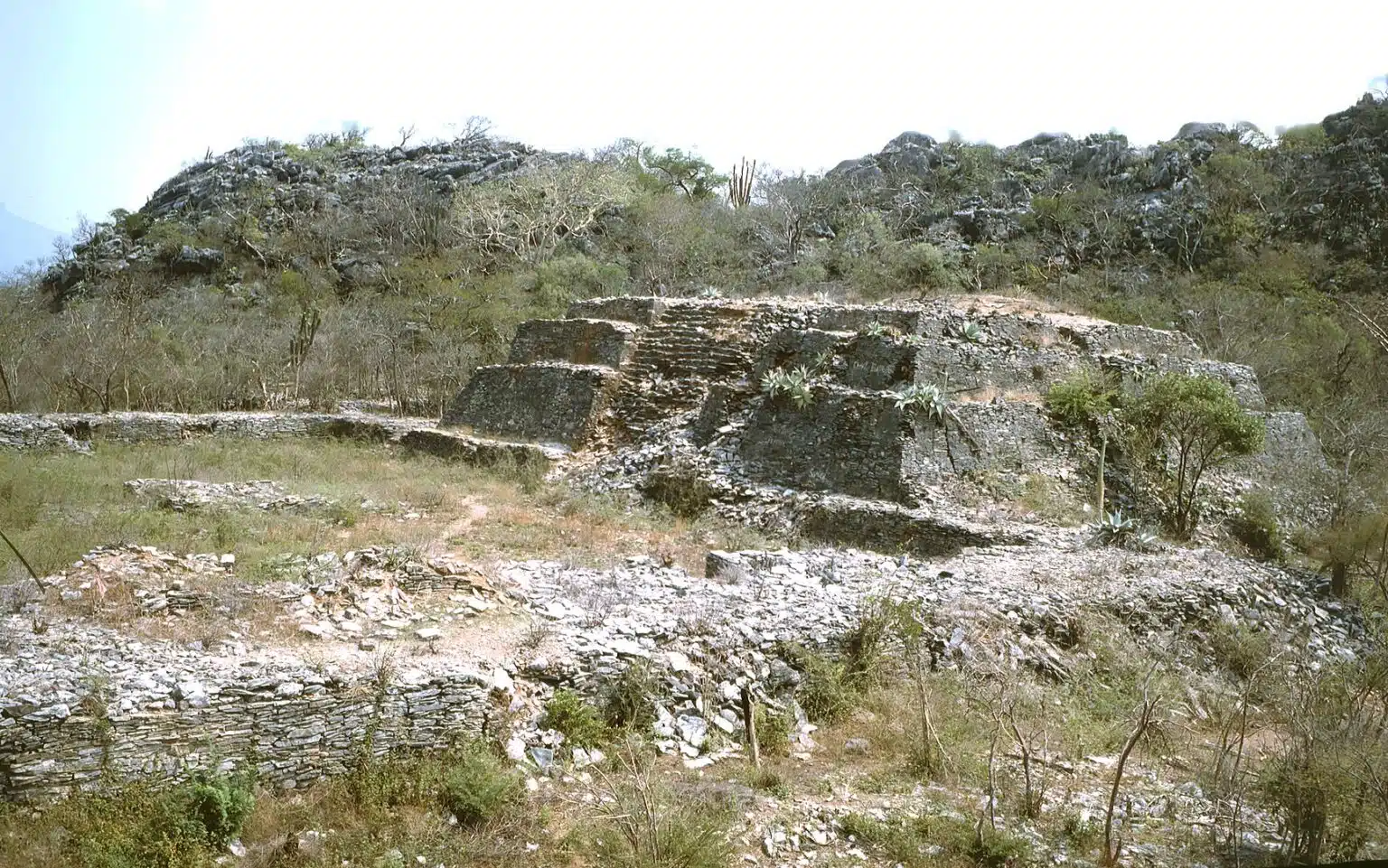A remarkable discovery has revealed the remnants of a long-lost Zapotec city, Guiengola, which has been hidden in the forests of southern Mexico for centuries. This 600-year-old city challenges previous assumptions that it was merely a military outpost. New research has unveiled that Guiengola was a thriving, fortified urban center, offering fresh insights into Zapotec civilization.
Location and Size of the Lost City
Located in the state of Oaxaca, approximately 17 miles from the Pacific Ocean, Guiengola was once a significant settlement for the Zapotec people. Over the centuries, a dense forest concealed the city’s true extent. Recent archaeological work, led by Pedro Guillermo Ramón Celis from McGill University, has revealed that the city covered an impressive 360 hectares and contained over 1,100 structures. These included temples, ball courts, and residential areas that catered to different social groups within the community.
Preservation of the City
One of the most striking aspects of Guiengola is its preservation. Despite being abandoned for more than 500 years, much of the city remains remarkably intact. Ramón Celis described it as a “frozen in time” city, with homes still standing, their doors, hallways, and even fences dividing them from neighboring houses still visible. This exceptional state of preservation is attributed to the city’s location within a mountain range, which offered natural defenses and helped shield it from invaders.
The Zapotecs’ Move to Tehuantepec
While the city was a fortified stronghold, it was eventually abandoned by the Zapotec people. Archaeological evidence suggests they relocated to Tehuantepec, a town nearby that offered better access to water and fertile land, essential for sustaining their community.
A Historical Stronghold: Resistance Against the Aztec Empire
Guiengola also played a key role in the Zapotecs’ defense against the expanding Aztec Empire. In the late 1400s, the Zapotecs, who controlled Oaxaca’s Pacific Coast, withstood a major siege led by the Aztec emperor Ahuizotl. The siege lasted for seven months, but the Zapotecs successfully defended their city, marking a significant act of resistance before eventually retreating.
LiDAR Technology Uncovers the City's Full Layout
For years, Guiengola remained hidden under thick vegetation, making it difficult for archaeologists to study the site on foot. However, recent advancements in technology, particularly Light Detection and Ranging (LiDAR), have allowed researchers to uncover the city’s full layout. LiDAR uses laser pulses to create detailed 3D maps of the landscape, helping archaeologists visualize the city even through dense forest cover. This method revealed the organized structure of the city, with temples and ball courts reserved for the elite, while commoners lived in separate districts.
A Glimpse into Zapotec Civilization
Guiengola remains an exceptional site as it was largely untouched by the changes brought about by Spanish colonization. This makes it a rare window into pre-Hispanic Zapotec civilization, offering a unique perspective on the culture and urban planning of this ancient society.
Through ongoing research and the use of innovative technology like LiDAR, the lost city of Guiengola continues to unveil its secrets, shedding new light on the history of the Zapotec people and their remarkable achievements.







